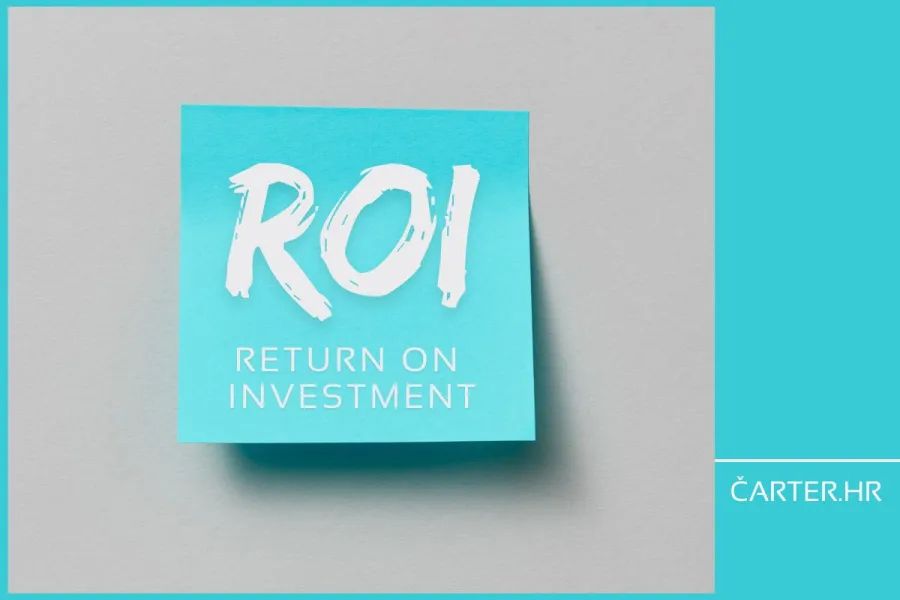
ROI (Return on Investment), in the simplest sense, measures how much money comes back after something is invested – whether in advertising, a website, a new vessel, or a digital tool. In practice, it’s a way to check whether a decision made financial sense. But is ROI just a number, and can it actually be measured realistically in the yacht charter business?
ROI (Return on Investment) in the context of yacht charter companies in Croatia means return on investment – specifically, ROI is a number that tells us how profitable a certain investment was.
It is measured in percentages and is used to evaluate the profitability of an investment.
What counts as “investment”?
It depends on various details, but in yacht charter, it’s usually:
- Purchase price of the vessel (or lease deposit)
- Costs of equipment and charter preparation
- Marketing and agency commissions
- Base costs (marina, cleaning, staff)
- Depreciation of the vessel
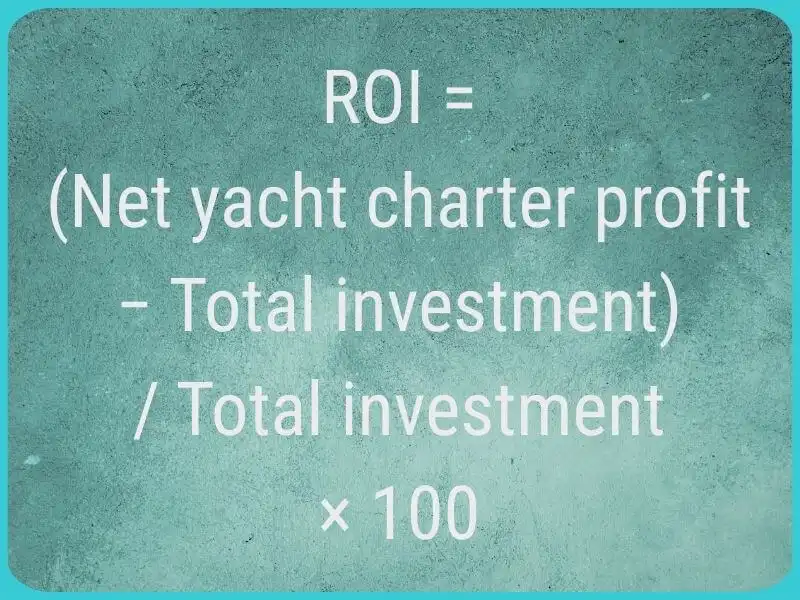
How is ROI measured in practice?
Formula:
ROI = (Net yacht charter profit − Total investment) / Total investment × 100
Example:
- Catamaran purchased for: €500,000
- Annual yacht charter revenue: €60,000
- Estimated annual costs (leasing, maintenance, commissions, marinas): €30,000
- Net profit = €60,000 − €30,000 = €30,000
- Total investment (first year) = €500,000
ROI = (30,000 / 500,000) × 100 = 6.0%
That means the catamaran would return 6% of the investment in the first year. If this result is repeated year after year, the investment would pay off in about 16.7 years.
Why is ROI in yacht charter “problematic”?
If you ask, "What’s our ROI in yacht charter?", you’ll probably get a pause, followed by a sentence like: "Well... it depends." And it depends for a reason.
- The season dictates everything.
Turnover in July and August can’t be compared with May or October, but annual figures often don’t account for seasonal extremes. - Data is scattered and incomplete.
Inquiries come from multiple channels – email, WhatsApp, agencies, trade shows, ads, referrals. Many aren’t clearly labeled, making it hard to say what exactly led to a specific booking. - Long time between first contact and booking.
It’s not unusual for a guest to see an ad in October, think until February, and book in April. Meanwhile, they’ve gone through three channels and spoken to two intermediaries. Who “deserves credit” for the conversion? - Costs aren’t always transparent.
How much did that new anchor, the social media marketing campaign, or the fridge repair really cost? When everything is lumped into “expenses,” it becomes unclear what’s truly an investment versus a regular operating cost. - Brand value isn’t in the formula.
If you invest in content, better website design, or B2B platform presence, it’s hard to say how much that “returned,” even though it contributes to growth over time. For example, a website redesign doesn’t bring bookings on its own, but it shortens guests’ decision time. That impact rarely shows up in ROI calculations. - Offline influences are invisible.
A good impression, skipper recommendation, or crew loyalty – all of it matters, but it never enters an Excel sheet with the ROI calculation.
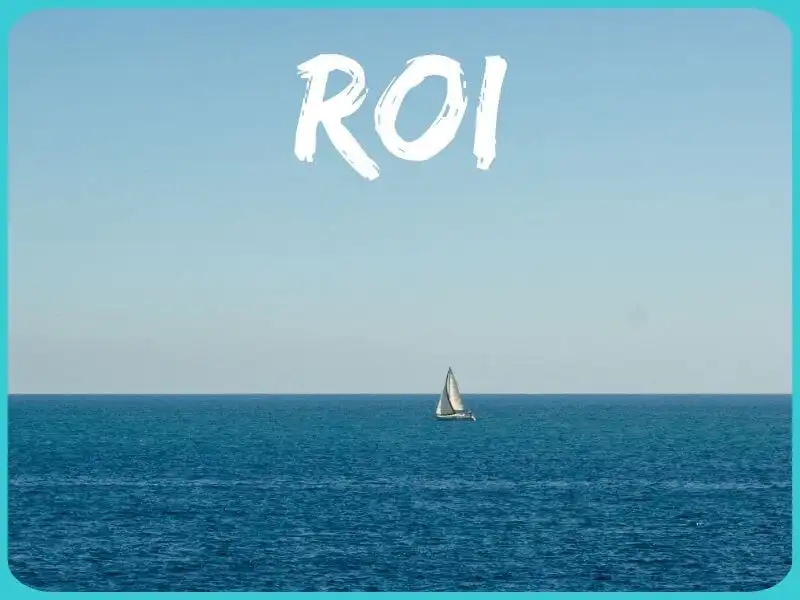
So what can we measure?
If ROI is too abstract or simply doesn’t give the full picture, it’s time to shift the approach.
Instead of focusing only on net return, yacht charter companies can track so-called proxy metrics – specific indicators that reveal much more about the real state of the business. These are numbers that don’t measure direct return per investment but clearly reflect efficiency and potential.
Examples? There are several, and they’re all practical.
- Cost per booking.
How many euros were spent to secure one new booking? This number immediately shows marketing effectiveness – especially when broken down by channel: Google ads, agent partnerships, social media, B2B platforms like charter.hr, or direct trade show presence. - Customer value over multiple seasons.
If a guest returns for a third consecutive year, you’re doing something right. This metric is especially important for fleets aiming for loyalty and referrals. Amounts add up over the years, and the best guests are those you don’t need to “buy” again. - Conversion of website visits into real inquiries.
Got good traffic but no inquiries? Time to analyze content, contact forms, and CTAs (calls to action). Tracking the ratio of visitors to actual inquiries reveals exactly where attention is lost. - Fleet utilization.
How many days a year is the boat actually sailing? And how many days is it docked? Even a luxury sailboat loses value when idle. Number of charter days, broken down by boat type and season, gives a clear view of effectiveness and helps plan the next season.
These metrics don’t require complex calculations but can significantly change decision-making – for better evaluations and smarter investments.
If you regularly track indicators like these, you’ll more easily scale your business, optimize advertising, identify the right guests, and shift the budget where it truly makes sense.
The benefits? More control. Faster reactions. Fewer financial gaps.
The solution? Introduce simple but concrete reports. Google Analytics for the website. CRM system to track returning guests. And for all B2B channels – regular profile updates and communication via tools.
Those who measure – grow. But measurement needs to make sense.
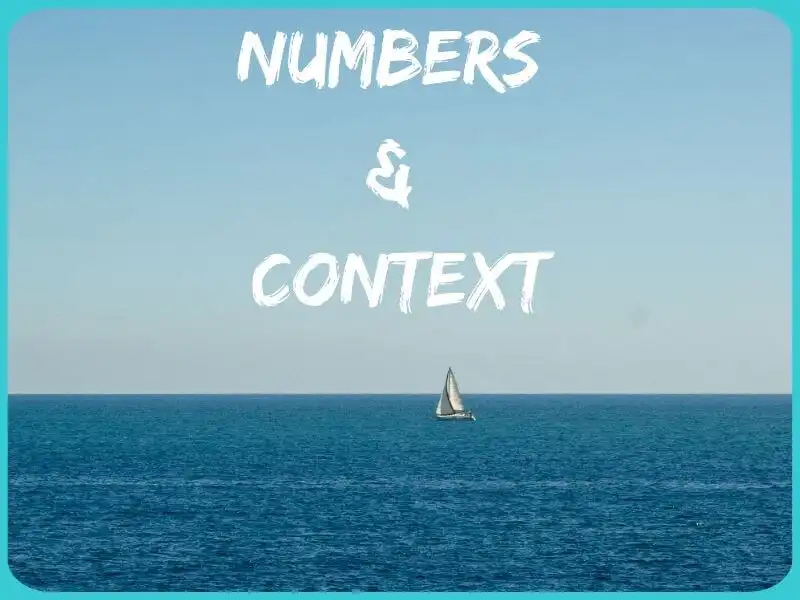
The solution? A combination of numbers and context
ROI in the yacht charter industry isn’t a static number – it’s the result of data, practice, and continuity.
If you want to run your business smarter, you need to build a structure that doesn’t rely on “one number” but on a set of points that together create a reliable picture of real progress.
It’s crucial to connect digital tools with operational experience, such as:
- Digital investment tracking. Using tools like Google Analytics, Meta Ads Manager, or specialized software that follows the user’s path: from the ad, through the click, to the actual booking. That way, you can see which channel brings real guests – not just report numbers.
- CRM system. Platforms like HubSpot, Zoho, or local solutions help you know who your guests are, how often they return, how much revenue they generate long-term, and through which channel they first reached you.
- B2B tools. They’re not just a “directory” for yachting, but a tool for visibility, access to serious inquiries, and monitoring the competition. Regular activity on such platforms increases your chances of connecting with serious agents, brokers, and fleets looking for partners in Croatia.
What’s the ultimate goal? To build a system that doesn’t chase the “exact ROI” but tracks what really counts: increase in direct inquiries, fewer empty weeks, better market positioning, and stable revenue season after season.
Such a system doesn’t happen overnight, but it pays off in the long run.
If you invest in structured tracking – and don’t ignore the human factor – you’ll get a clearer view of what’s working and what needs changing.
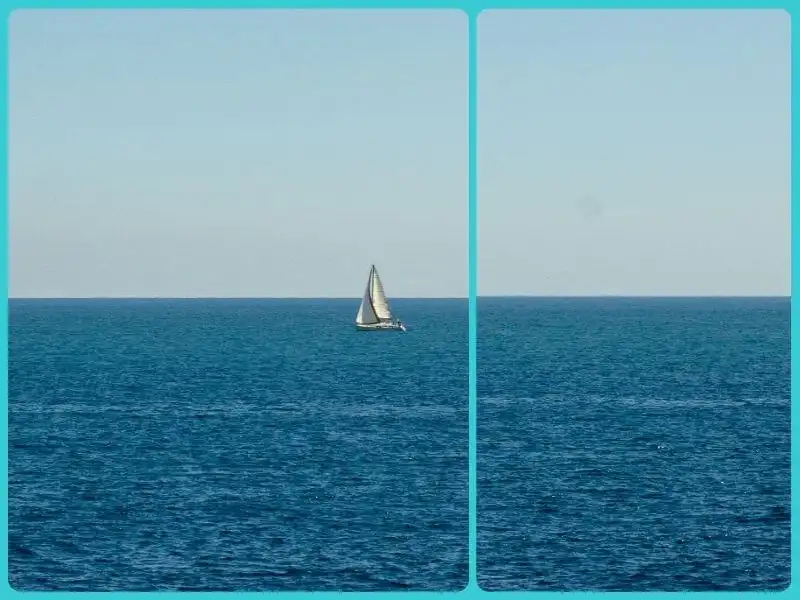
ROI might not be measured, but it can be felt
If your season is better than the last, if you have more direct inquiries, better collaboration with agents, fewer calendar gaps, or a happier crew – that’s ROI.
It’s just not written in decimals.
In the yacht charter industry, real value often doesn’t show up immediately in numbers, but in the changes that happen throughout the season. If you’re getting more direct inquiries than last year, your calendar is filling earlier, cooperation with agents is smoother, and your crew returns motivated – that’s no accident.
That’s a sign you’re doing something right. And while that kind of ROI won’t appear in a two-decimal table, it’s very real in your business.
It doesn’t matter where you are now – what matters is where you’re going.
Ready for smarter business analysis?
If you want a clearer overview of your investment, better-used resources, greater market presence, or a simple way to evaluate what’s working in your business – and what’s holding you back – contact us. 
Don’t miss signing up for our weekly newsletter for updates on new tools and methodologies in the yacht charter industry.
Categories of trends
- News
- Sale
- Marketing
- SEO
- Web design
- Social media
- Technology
- Regulations
- Management
- Education
- Finances
- User experience
Newsletter
Sign up for the newsletter and receive the latest trends and tips straight to your inbox




